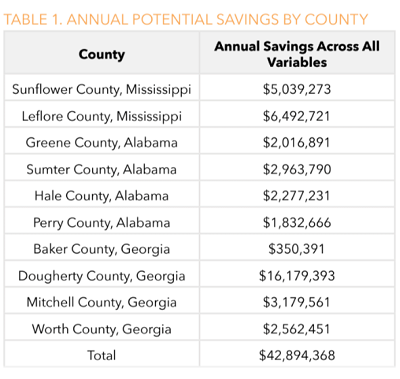Maryland Awards $92 Million In Grants For 35 Projects
Maryland officials have announced that the state is doling out $92 million in new broadband grants to expand access to affordable broadband. The latest round of funding was made possible via the Connect Maryland Network Infrastructure Grant Program, and will help expand broadband access to 14,500 unserved locations statewide.
According to a state press release, this latest round of funds should help fund portions of 35 different projects scattered around the state. A full breakdown of award winners indicates that while Comcast and Verizon secured $14.4 million and $11 million respectively in new funding, smaller ISPs and cooperatives were, unlike in many states, well represented.
Quantum Telecommunications, a smaller local ISP founded in 1995, was slated to receive $15.3 million in funding to connect 1,693 locations to broadband. Choptank Electric Cooperative, first founded in 1938, was among the biggest award winners, receiving $16 million to deliver broadband to 1,693 locations currently lacking broadband access.




